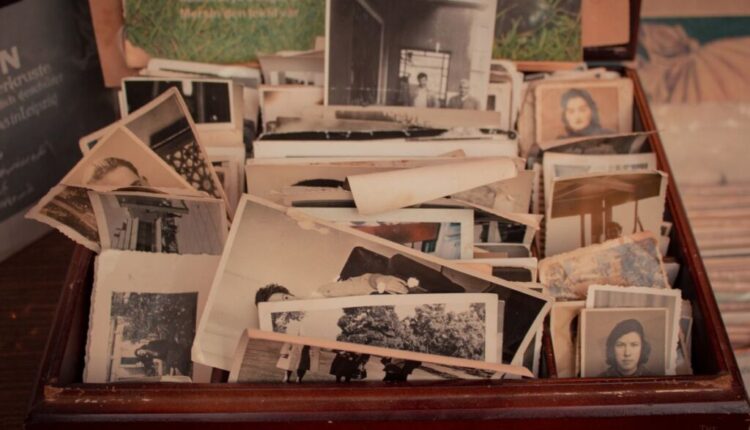Don’t Start Here: The 7 Worst Places to Begin Decluttering
Inside: Discover some of the worst places to begin decluttering so that you don’t sabotage your decluttering efforts.
When you’re ready to simplify your home and your life, decluttering can feel like the obvious first step. You might feel motivated, even a little impatient, to make a change, and that’s a great mindset to embrace as you begin.
But where you start matters. Choosing the wrong place to begin decluttering can derail your momentum, cause unnecessary stress, and might even lead you to abandon your efforts altogether.
Decluttering is both a physical and a mental task. You aren’t just dealing with stuff – you’re confronting old habits, attachments, identity, and even grief as you navigate the process.
Some spaces in your home likely carry more emotional weight or logistical complexity than others. Starting in the wrong spot can quickly overwhelm you, leading to decision fatigue or discouragement before you’ve even made a noticeable difference.
On the other hand, starting in the right place can build your confidence and momentum that will carry you through more difficult areas down the road.
Not sure what you can do to set yourself up for success when decluttering? Don’t start with one of these places.
7 Worst Places to Begin Decluttering
Avoiding common decluttering mistakes will help you to make more progress more quickly. Starting in the wrong place can hamper the process.
Here are the 7 worst places to begin decluttering.
1 – Sentimental items
This is one of the biggest mistakes people make when they try to declutter. Starting with the things you’re emotionally attached to is never a good idea.
Childhood keepsakes, souvenirs, letters from loved ones, or inherited items can carry intense memories and meanings. These items are often tied to your identity, history, and relationships, and can stir up complicated feelings.
Choosing what to keep or let go of in this category can be emotionally draining and time-consuming. When you’re just starting out on your decluttering journey, it’s best to build your decision-making “muscles” on easier categories first.
Save decluttering sentimental items for later, when you’ve gained more clarity and confidence in your decision-making abilities.

2 – Paperwork
Stacks of unsorted documents, expired warranties, tax records, and mystery receipts can be overwhelming, to say the least.
Paper clutter can be incredibly complicated and time-consuming to sort through. You often need to read through each piece to determine if it’s important enough to keep, making the process slow and mentally exhausting.
And getting rid of paper clutter rarely gives you a visible, impactful win, which can hurt your motivation.
Leave paperwork for a time when you’ve already seen success in more straightforward spaces.

3 – The garage or basement
Decluttering the garage is great. But starting there isn’t. These large, often chaotic storage areas can feel like the most productive place to start – an easy target.
But they’re usually filled with all sorts of forgotten, bulky, or random items – many of which might not even belong to you, if you share a home with others.
The sheer volume and variety can be overwhelming and anything but straightforward.
Additionally, garages and basements are often too far removed from your daily life to give you that satisfying sense of immediate change.
Instead, start with a space you see and use every day so you can appreciate the progress you’ve made.
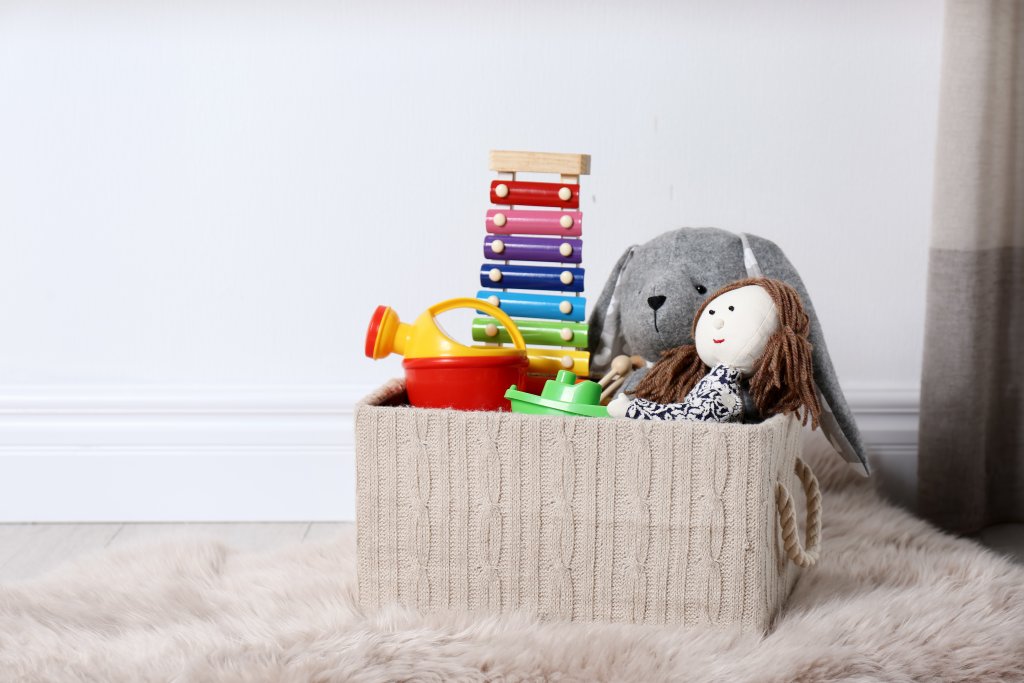
4 – Other people’s stuff
Even if your partner’s overflowing closet or your child’s messy playroom is driving you crazy, tackling their belongings first can backfire.
You might meet resistance or tension, especially if you’re discarding things without their input. What feels like clutter to you might still feel valuable or comforting to them.
More importantly, starting with someone else’s stuff skills over the crucial work of examining your own habits and attachments – something you’ll need to reconcile sooner rather than later if you’re going to make meaningful progress.
Focus on your own stuff first and lead by example. When others see the benefits, they’re more likely to join in willingly (although it isn’t guaranteed).
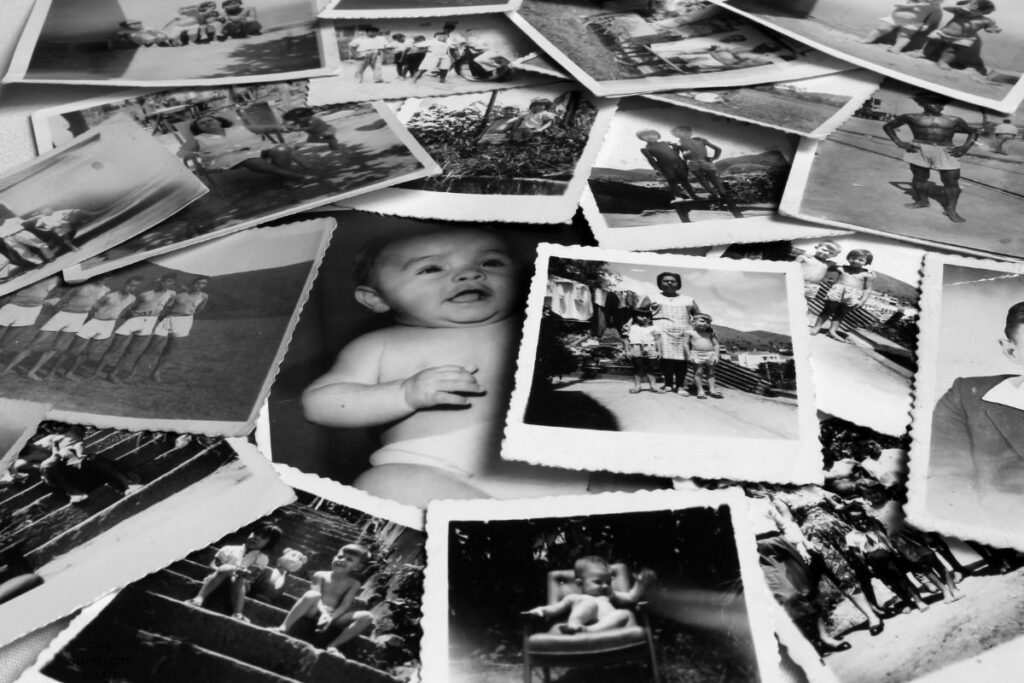
5 – Photos
Photos, scrapbooks, and keepsakes are often jumbled together in boxes or scattered across devices. The sheer volume can feel overwhelming, and it’s easy to fall down a nostalgia rabbit hole.
Photos in your home aren’t a great place to start for a few reasons. They are often highly emotional, which makes decluttering photos more difficult and slows the decision-making process.
Also, organizing digital and physical photos tends to be a time-consuming task, and the results aren’t as immediate.
Photos are better saved for when you’ve developed a stronger sense of what’s meaningful to you and how much you realistically want to keep.
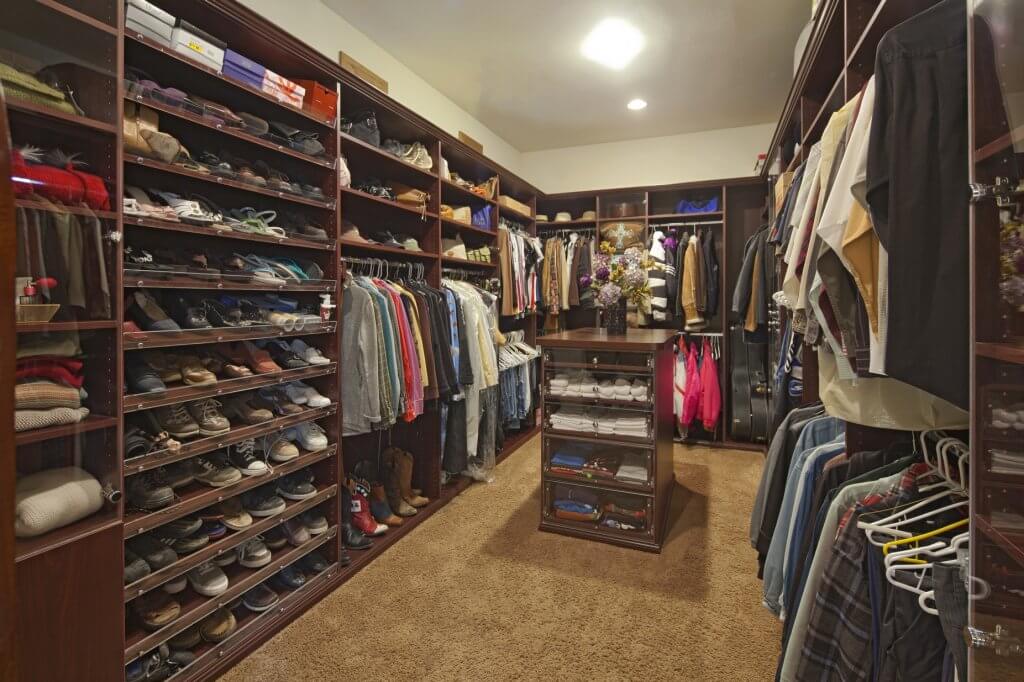
6 – Your closet
Closets are a popular place to start decluttering. But they can quickly get overwhelming, especially if you are pressed for time.
Clothes are more difficult to get rid of than most of us think. What we wear is tied to the way we see ourselves – our past, our aspirations, and our insecurities.
Letting go of these items can bring up questions about who we are now and what we value.
Like sentimental items, this is another area that is best saved for later, once you’ve built some momentum and have some practice making quick decisions on what stays and goes.
Additionally, if your wardrobe and style are in flux, you’ll want to do some thinking about what lifestyle you’re dressing for before you start decluttering your clothes.
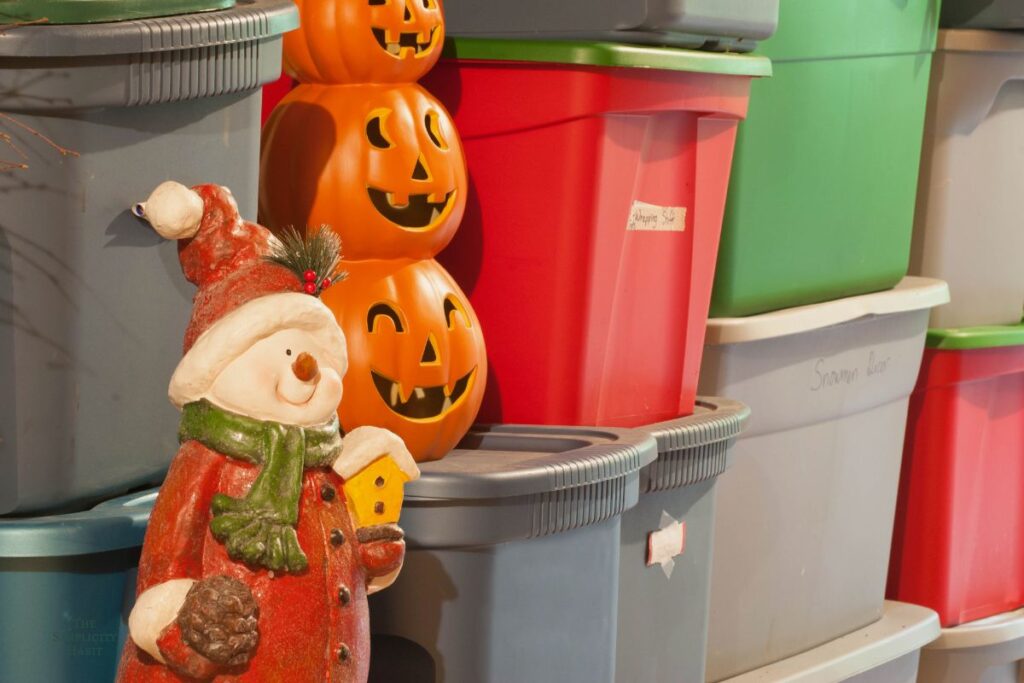
7 – Holiday decorations & off-season items
It might be tempting to declutter seasonal items when they aren’t in use, but this category can be a minefield of memories and “what if” moments.
Holiday decor is often tied to family traditions and can bring feelings of guilt or sadness to the surface, especially if your celebrations have changed over time.
Decluttering holiday items is best done during the season, when you’re pulling things out or putting them away.
You’ll have a better sense of what you actually use and enjoy, and it will be easier to let go of anything that no longer fits your lifestyle or values.
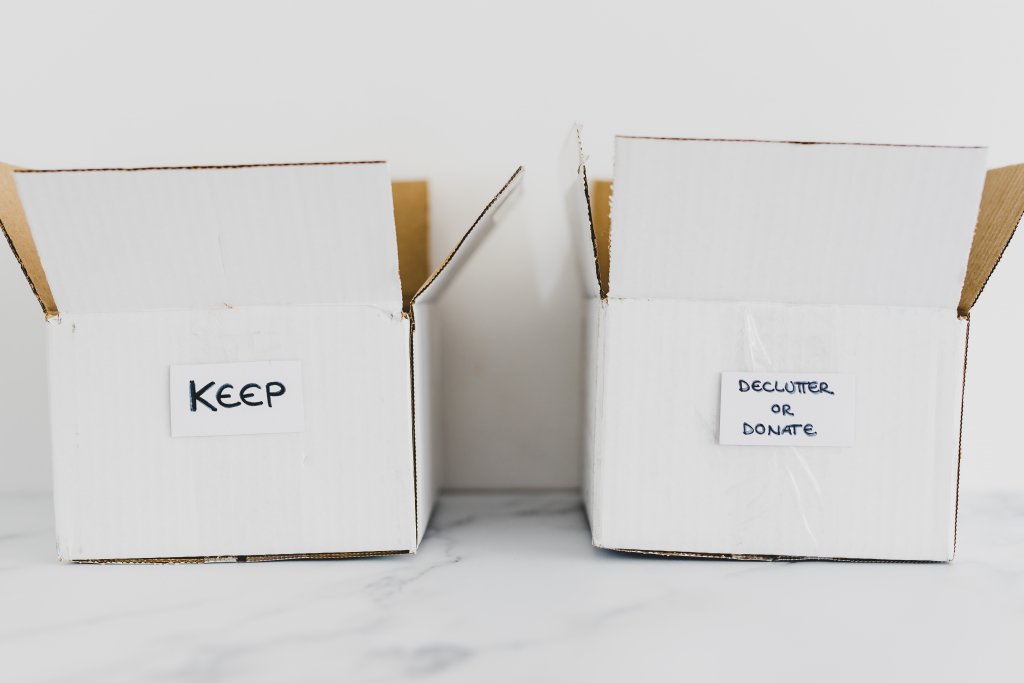
So, Where Should You Start?
Now that we’ve established the worst places to begin decluttering, let’s take a look at some better options for where to start the decluttering process.
To set yourself up for success, start with areas that are:
- Emotionally neutral
- Contained (small enough to complete in one session)
- Frequently used (so you’ll feel the benefits right away)
Here are some great beginner spots:
1. Your Car
It’s a small, defined space that often collects clutter but doesn’t hold much sentimental value. A quick declutter can create an immediate sense of order.
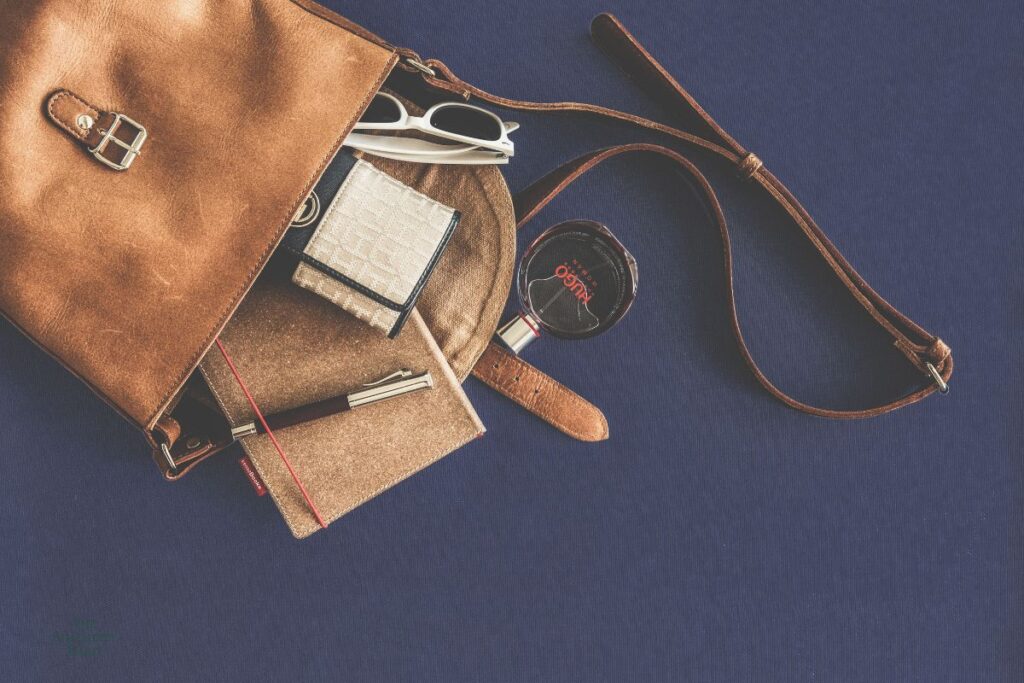
2. Your Purse or Bag
It’s amazing how much lighter and clearer you can feel just by decluttering your bag or wallet. It’s a small win that sets the tone for bigger projects.
3. One Bathroom Drawer or Cabinet
Bathrooms usually don’t contain sentimental items, and it’s easy to see what you use and what’s expired. Plus, a clean bathroom instantly feels more peaceful.
4. A Nightstand or Dresser Drawer
This is your personal space, and tackling it can create a calming start and end to your day.
5. Entryway or Shoe Area
This high-traffic zone benefits greatly from reduced clutter, and improvements here are immediately noticeable.
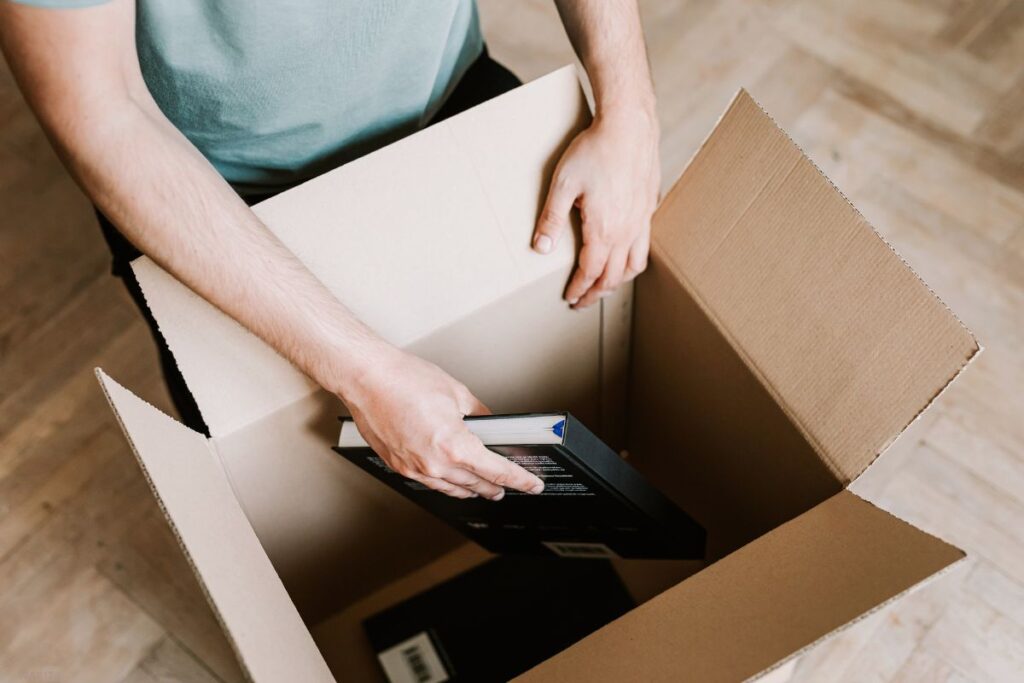
Final Thoughts: Build Momentum, Not Burnout
Decluttering doesn’t have to be overwhelming, but starting in the wrong place can make it feel that way. If you’ve tried before and struggled, it may not be a lack of motivation or discipline—it may just be that you started in the wrong place.
Give yourself the gift of an easier starting point. Choose a small, manageable space. Celebrate your progress.
And remember: simplifying your home is a journey, not a race. Each drawer, shelf, and corner you clear brings you closer to the simplified space that you’re after.

